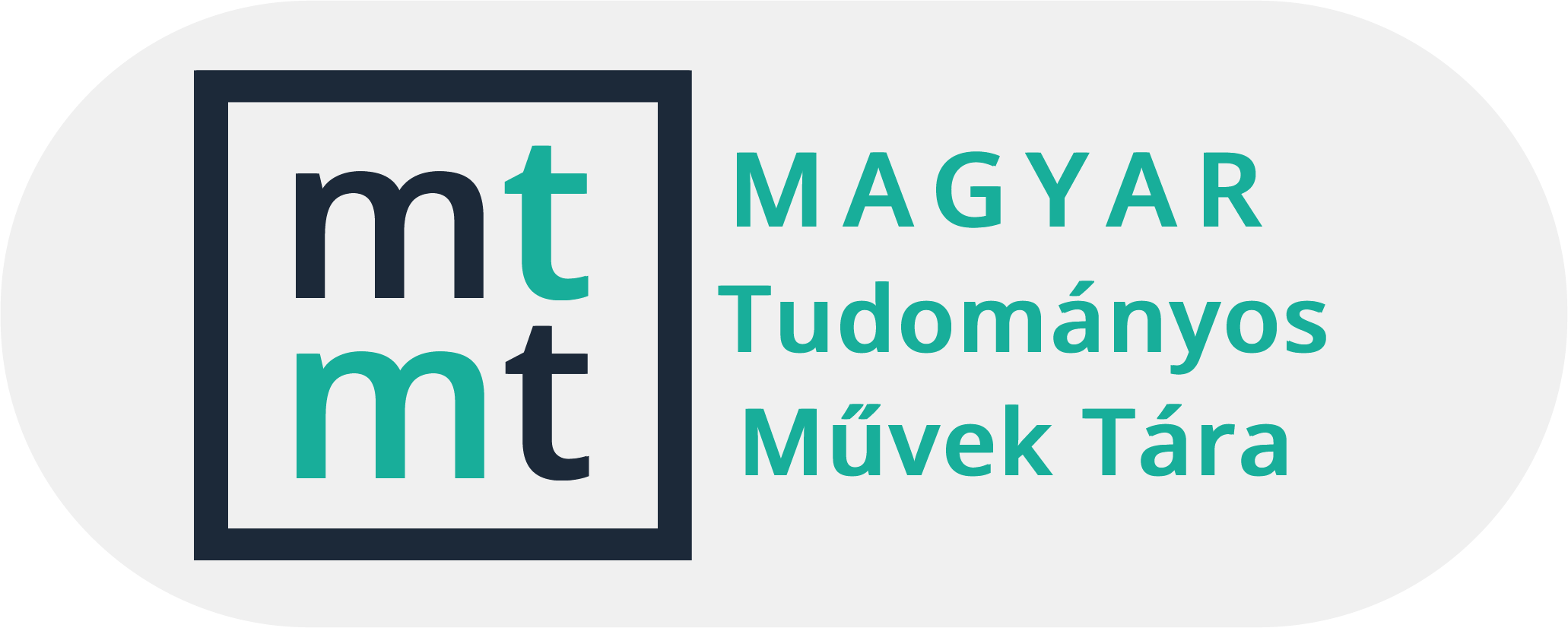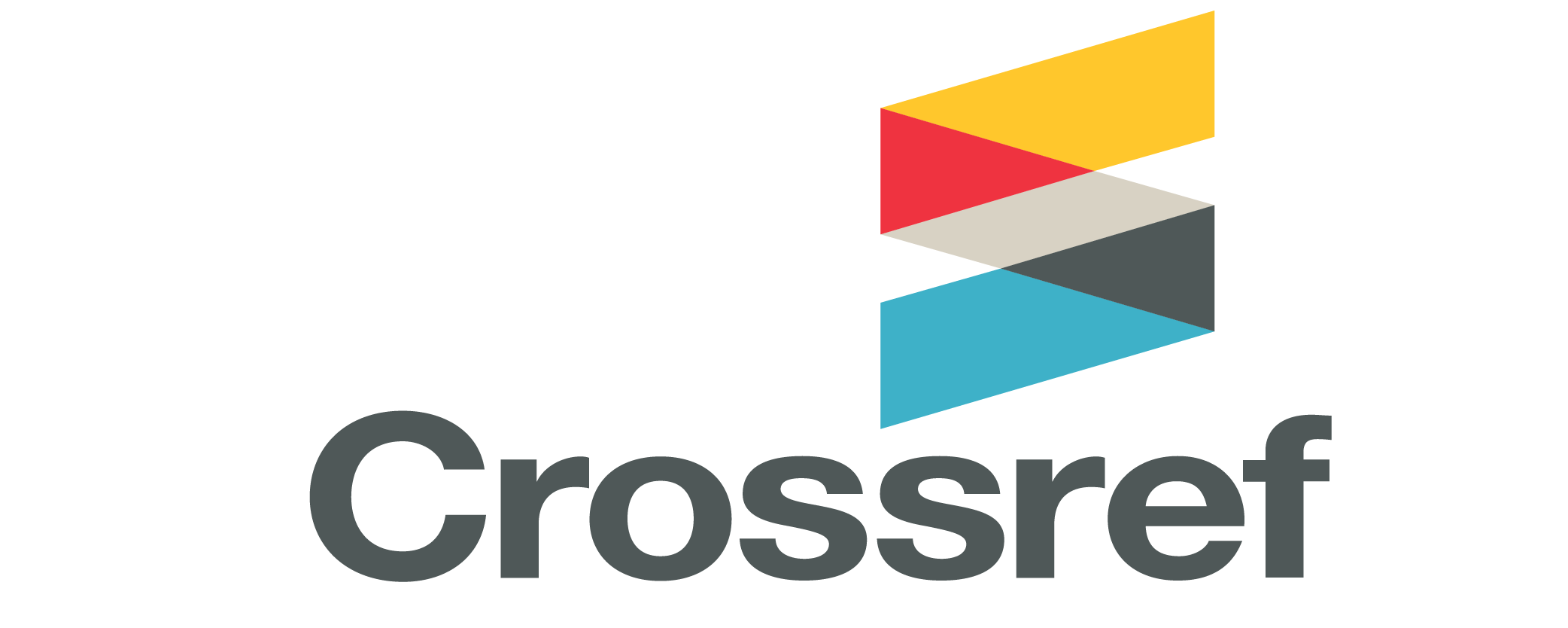Author Guide
Manuscript preparation:
Authors must use the provided Microsoft Word .docx template to prepare their manuscripts. If available, ORCID identifiers of the authors must be included into the manuscript. The template contains all stylistic requirements, including font type and size for titles, subtitles and the main text, captioning of figure and tables etc. All figures and tables must be inserted into their intended place. A minimum of 300 DPI resolution is required in case of figures. Vancouver style references with DOI numbers are required, use of reference management software like Zotero , Mendeley or EndNote is advised. American English and spelling should be used. Both research and review papers must start with a 200-250 word long abstract, indicating the scope and main conclusions of the paper. After the abstract, the manuscript must be organized according to the following chapters: introduction, materials and methods (except review articles), results, discussion, conclusions, (acknowledgements) and references. The overall length of the manuscript, excluding the references, should be between 8000–16000 characters without spacing.
Peer-review process:
Editorial check:
The peer-review process begins with the editorial check of the format of the manuscript. If the submitted file does not meet the requirements set within the template file, the manuscript will be rejected. Also, the peer-review process cannot start without a properly filled Declaration by the Authors document. After the format of the manuscript is checked submissions will be considered by the editors to determine whether they fall within the scope of the journal. To avoid plagiarism, after the submission, the manuscripts will be checked by an external plagiarism search software. If the similarity index is too high (above 20%) the manuscript will be immediately rejected. Appropriate submissions will be sent out for full external review with minimum 2 independent Reviewers involved. The submissions not falling within the scope of the journal will be returned to the submitting author quickly so that submission elsewhere will not be delayed. Editors have the authority over the editorial content and are responsible to manage the peer review process of the manuscripts. The editor-in-chief makes the final decision about the articles to be published. The editor evaluate manuscripts for their intellectual content without regard to race, gender, sexual orientation, religion, origin or political philosophy of the authors.
Peer-review process:
The editors consider the returned reviews before making an overall decision. If the reviews differ widely, the editors invite an additional reviewer to get an extra opinion before making a decision. The editors decide on the publication of papers, taking into account peer reviews, scientific importance, and recommendations of the Editorial Board members. The decision is communicated. The editors send a decision email to the correspondence author, including any relevant comments. If the manuscript is accepted, the manuscript is sent to production. If the article is rejected or sent back for either major or minor revision, the editors include the comments from the reviewers to help the authors improve the paper. If the paper was sent back to authors for revision, the reviewers should expect to receive a new version, unless they have opted out of further participation. However, where only minor changes were requested, this follow-up review might be done by the editors. De Remediis provides 10 days for resubmitting manuscripts after major or minor revisions, which can be extended if further experiments are required. After acceptance, proofreading by the authors is required within 3 days. After proofreading, the author accepted versions will be published in the next issue of De Remediis with DOI numbers assigned. Submission and publication of articles are free of charge and we do not charge any administrative fees or other costs
De Remediis editorial team, Authors and Reviewers must follow COPE's guidelines and Ethics and Malpractice section in ethical issues regarding publication activity.





